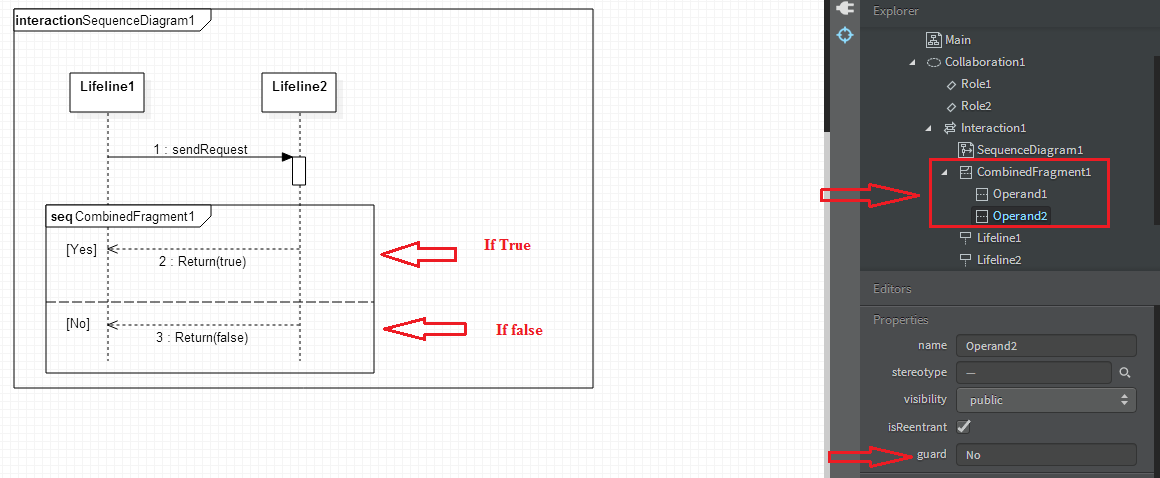

Turning it off can reduce spaces consumed by the buttons.Įxpand Group expands all collapsed groups such that all stereotyped model types are visible and ready for direct selection.

Show Name displays buttons' names when on. There are auxiliary options for rearranging items in the diagram toolbar such that selection can be made easier. Select the Human interface, right-click, and choose: Format, Stereotype Display, Label. Click on the diagram to create such an element. StarUML supports many UML diagrams: Class, Use Case, Component.To do this, press on the element type button in the diagram toolbar and select the chosen element type from the popup menu. Class, Interface, Signal, Exception, Actor, UseCase, Artifact. Now, you can create the selected type(s) of class via the diagram toolbar. StarUML Main window consists of the following components.Click > to add the stereotype(s) into selection. A stereotype is a modeling element that has definitions for adding new properties and constraints to the standard UML modeling elements.You can also define a note on the last defined class using note left, note right, note top, note bottom.
#INTERFACE CLASS STARUML STERIOTYPE CODE#
int, string, etc.) Set the DiretionKind to Return The above steps should produce C code with both an accessor and modifier when StarUML generates the code. Add a 'return' parameter (right-click the new operation and select Add -> return) Set the Type to the property type (e.g. You can also define notes using note left of, note right of, note top of, note bottom of keywords. In the property pane add the CSharpProperty stereotype.
• In the Configure Buttons window, expand the tree node of the interested model element type. Stereotypes are defined with the class keyword, << and >.#INTERFACE CLASS STARUML STERIOTYPE HOW TO#
This article demonstrate how to configure the diagram toolbar to let you create a stereotyped model element easily. When a stereotyped model type is being used so frequently that they become primitive building blocks in a model, allowing to create it directly saves time in redefining it again and again.
Whether you stereotype the dependency with <
 0 kommentar(er)
0 kommentar(er)
